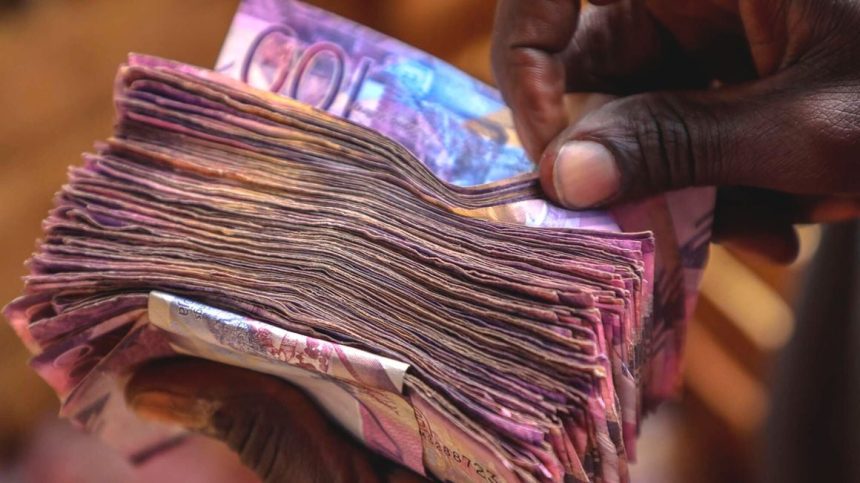On June 1, 2019, the Central Bank of Kenya (CBK) set out to replace 83 percent of cash in circulation, with the primary goal of fumigating dirty cash from the economy.
The exercise, which ended on September 30 of that year, indirectly resulted in the reduction of cash in circulation as the change-over to the new Sh1,000 notes cut the demand for physical money.
For instance, data from the CBK shows cash in circulation, which includes currency outside banks and cash in tills fell by 23.4 percent to Sh207.1 billion in September 2019, contracting from Sh270.5 billion in May — the month preceding the demonetisation exercise.
According to the regulator, companies and businesses were forced to deposit some of their cash holdings in banks to facilitate the changeover to new Sh1,000 notes culminating in the cut to cash in circulation even as deposits in banks soared.
“This (the drop in cash in circulation) was attributed to reduced demand for physical cash by businesses and individuals who exchanged the old Sh1,000 notes with new ones. The reduced demand for cash was partly mirrored in increased commercial bank deposits, which rose by 3.5 percent over the same period as companies and businesses deposited some of the old Sh1,000 notes at banks, instead of simply exchanging them with new ones,” the CBK stated.
Nevertheless, growth in cash in circulation would mark an immediate bounce at the end of the demonetisation exercise implying companies and businesses had once again opted to transact with physical cash despite the conversion resulting from demonetisation.
For instance, cash in circulation had already grown by 16.9 percent by February 2019 from September to mirror the return of cash prominence.
Meanwhile, cash in circulation has grown by nearly 50 percent since the end of the demonetisation to Sh303.4 billion as of March.
The growth is despite an additional speed bump created by the Covid-19 pandemic, which resulted in the government through the CBK encouraging non-cash transactions via digital channels, including the zero-rating of some mobile-money transactions.
While the alternative channels reflected increased usage through both the demonetisation and the pandemic, the allure of cash has remained largely untouched.
According to Ken Gichinga, an economist at Mentoria Economics, the scale of Kenya’s informal sector has served to anchor the heavy use of physical cash.
“Part of the demonetisation exercise was to push people into digital payments but that did not materialise. Cash has a large constituent. 80 percent of our economy is informal and cash still rules this space,” he said.
Mr Gichinga said the convenience of cash remains a key virtue despite the existence of much more superior payment avenues which are still vulnerable to technological shortcomings.
Findings from the 2021 FinAccess survey further underpin the role of cash in the economy even as Kenyans adopt multiple payment methods.
According to the report, less than one percent of the Kenyan adult population uses non-cash payment means alone against 18.34 percent of persons using cash exclusively.
The majority at 80.6 percent nevertheless deploy a mix of both cash and non-cash methods.
“Exclusive use of non-cash usage in transactions is marginal, with urban respondents reporting the highest score of 1.4 percent,” the survey highlighted.
The exclusive use of cash on the other hand is prevalent among the young and old with persons aged between 18 and 25 and those aged above 55 years reporting the highest usage of cash only.
Ken Gichinga does not expect cash to be knocked off the perch by alternative payments going forward given the nature of the economy but expects its share of payments to be diluted over time.
“People always want to keep a bit of cash. The holdings may be smaller than before but they would still be there, I would only see the ratios changing,” he added.
Physical cash or cash in circulation stood at about 2.4 percent of GDP as of the year ended December 2022 and comprised Sh251.2 billion worth of new Sh1,000 notes.




